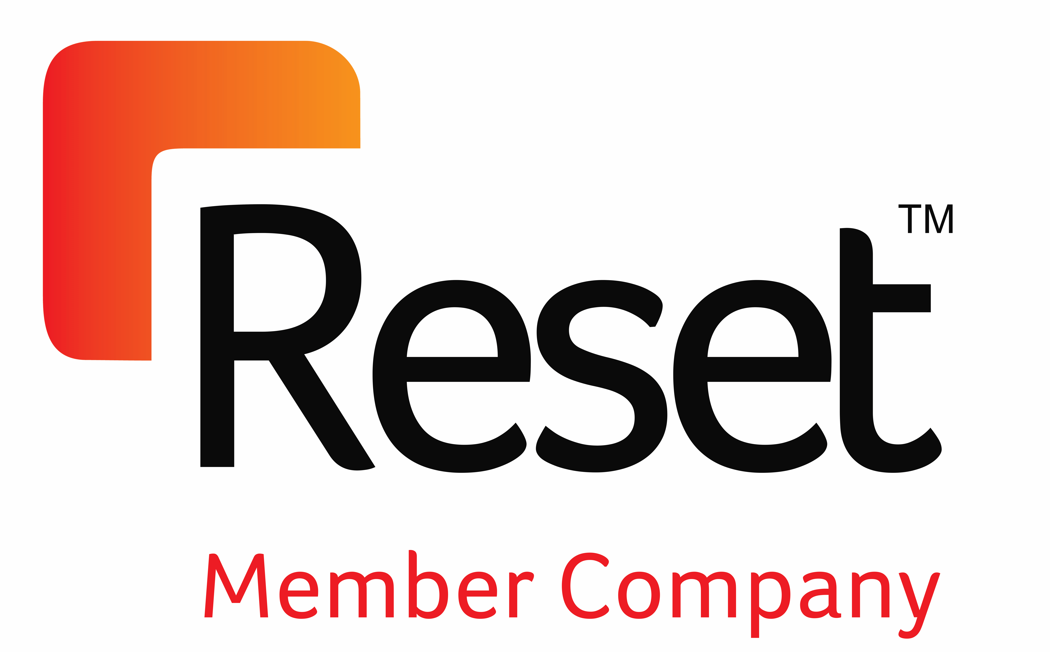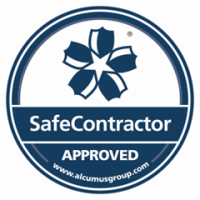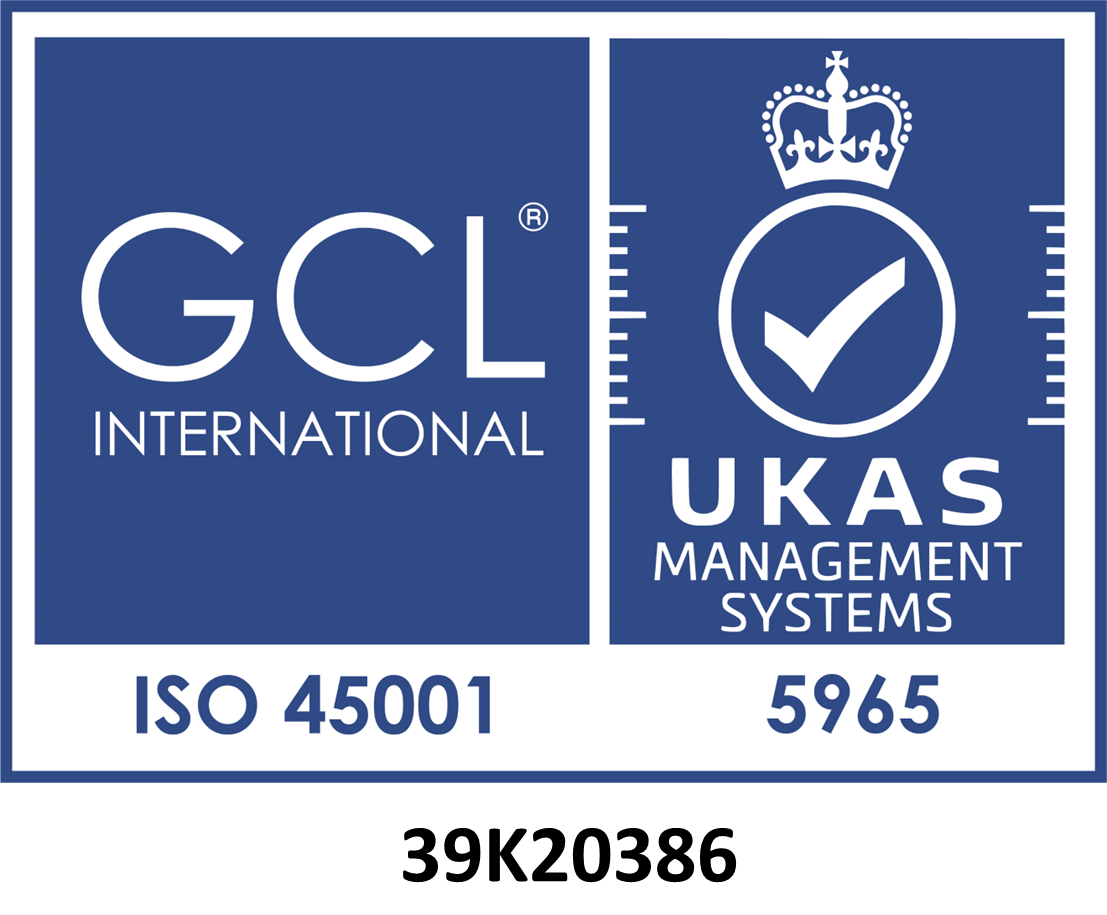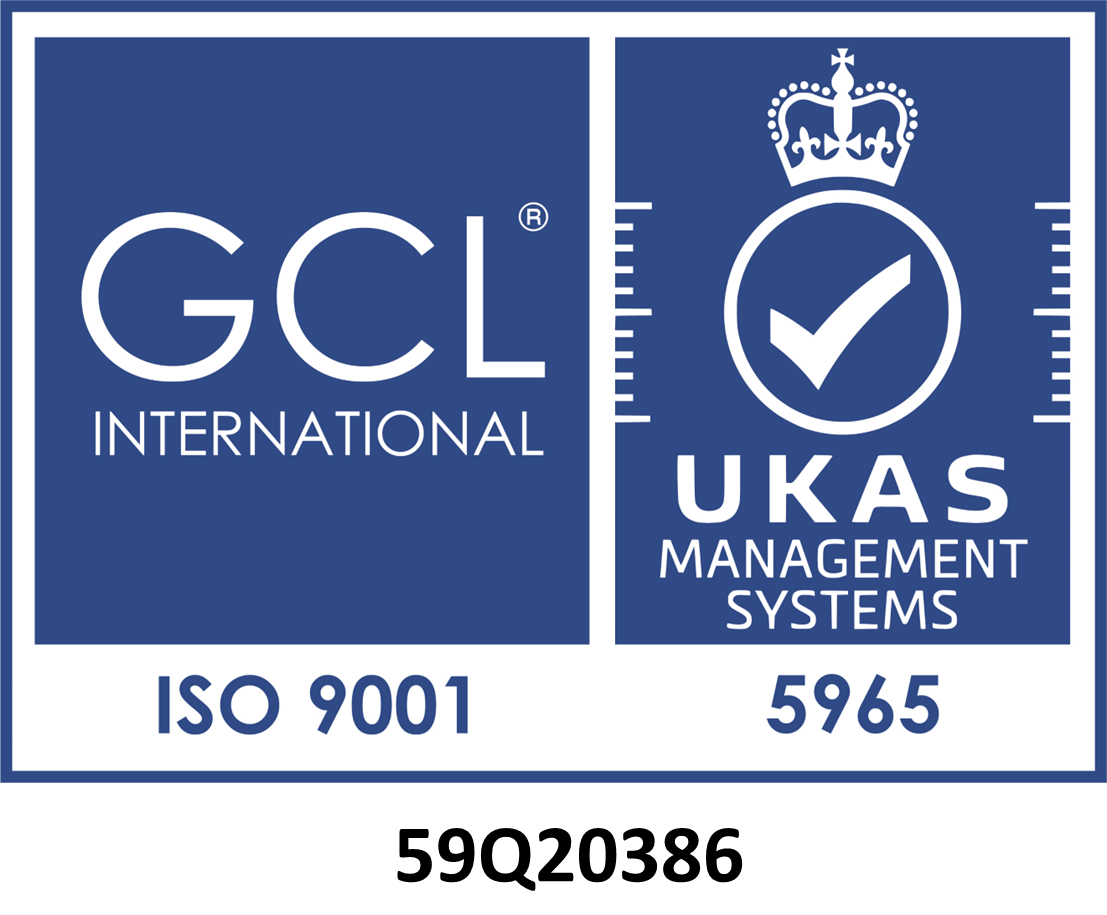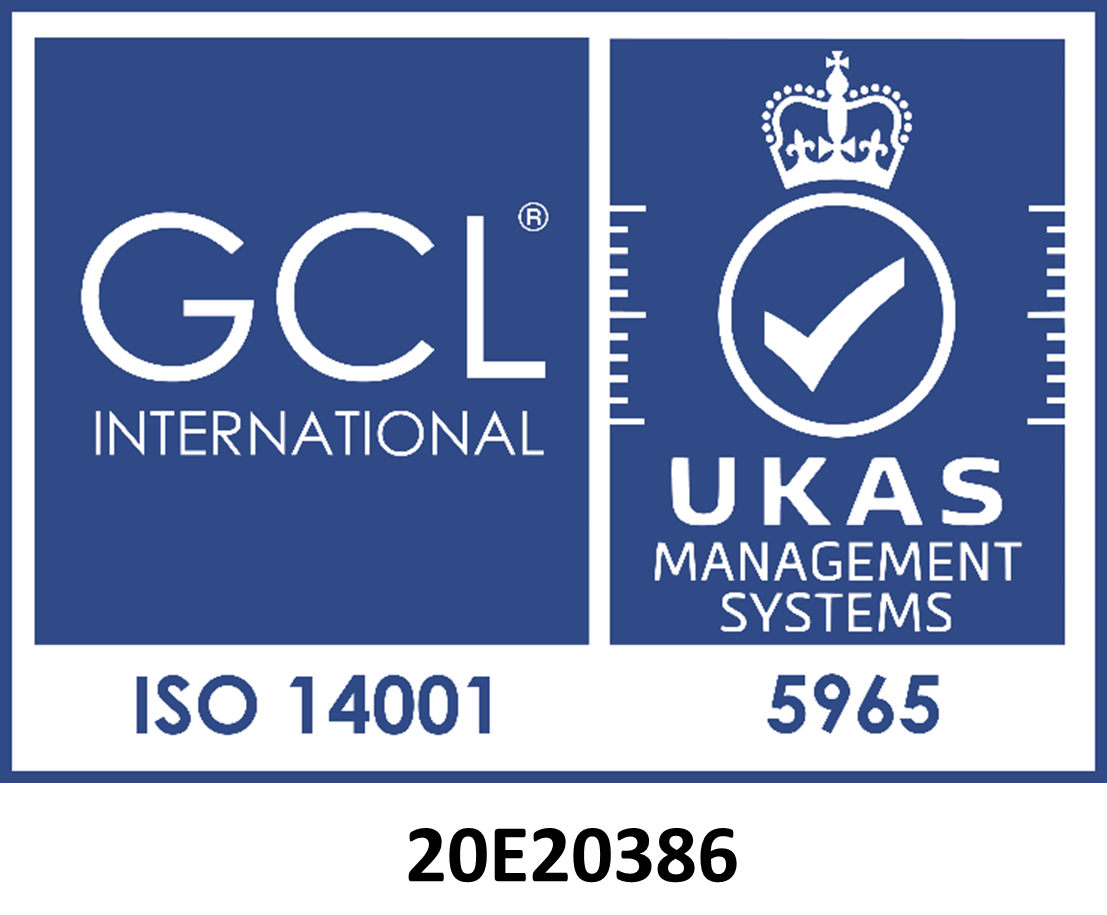Hospitals and healthcare providers are constantly looking for newer methods of bio decontamination to beat the threat of superbugs. Increasingly, No Touch Decontamination Systems (NTDs) are being seen as the best way to provide higher levels of protection.
These newer systems are being adopted because they are seen as being more effective than older and more conventional methods of hospital decontamination and infection control. Infection rates of MRSA and C-diff have fallen in the last few years, thanks to a multi-faceted approach including the introduction of NTDs, but it is essential to keep up the vigilance, in order to improve patient safety and prevent further outbreaks.
Pathogens can be spread in all sorts of ways – airborne as well as by human contact – so infection control systems need to keep pace with the risks.
When choosing an NTD, hospitals will need to look at a number of factors to decide which system is the best for their needs.
How Effective Is the NTD?
This is the most important question to answer. It is essential for your peace of mind that the system you choose is reliable and robust, properly validated and proven.
Unfortunately, advertising and marketing claims can be confusing, so they will need to be examined carefully. For instance, some suppliers have been known to make misleading claims about the efficacy of their systems which actually relate to different, earlier products.
The first thing to check is that the bio decontamination product you are considering complies with the EU Biocide Product Regulations, and is approved for the relevant type of product, for use in healthcare facilities. Both the decontaminant and the equipment used for delivery need to have been shown to comply with the AFNOR NF T72 281 test standard. Your supplier should be able to provide independent reports to confirm compliance.
Where Can It Be Used?
It is important to choose a system which can be deployed in many different locations – not just on wards, but also in a whole range of other areas, such as toilets and cloakrooms, isolation units and operating theatres. This will protect staff and visitors as well as patients. You will need to look at your needs and requirements in detail, and at how many units will be needed to provide the right level of coverage for your particular facility.
How Quick and Easy is it to Use?
Speed of use is one of the most essential things for a hospital or healthcare organisation to consider when choosing a decontamination system, as they are always busy. A fast turnaround is vital to improve patient safety, and ensure that there are no unnecessary delays to affect the number of patients who can be treated.
You need to be aware that speed is another area where marketing claims may sometimes be misleading. For instance, some manufacturers or suppliers may give a cycle time which is unrealistically short, because it misses out the time taken for preparing the area before disinfection and to restore it to use afterwards. Also, bear in mind that larger areas will take longer to prepare and to treat.
As well as looking at the time it will take to use an NTD, another factor to consider is the ease of use. You will need to look at whether you will need a member of staff available, and what training is available if you decide to use your own staff. You will also want to look at what support is available, and whether you can get additional support if the equipment breaks down or there is an infection outbreak.
How Cost-Effective Is It?
Ensuring best value is obviously essential for healthcare providers. This does not just involve looking at the upfront cost of a hospital decontamination system, but also the deployment costs, both financially and in terms of time – and also at the costs of support, maintenance etc.
Phileas Products from Tecomak
Phileas NTDs, supplied and installed by Tecomak, meet all the criteria above. These bio decontamination units are highly effective. They have been validated as fully compliant with the EU Biocide Product Regulations, and proved to be as effective as formaldehyde, but they do not have the associated risks.
They can also be used in a wide range of different healthcare locations, not just on wards. The units range from the Phileas Genius, which is ideal for treating very small spaces such as biological safety cabinets and incubators, through to the Phileas 250, which is suitable for rooms up to 250 square metres. The units are fast and easy to use, and you can be clear about the time they will take, because there is a good graphics interface.
Phileas units can be pre-programmed and remotely controlled, so you don’t need an operator to be present. They are very cost-effective compared to other products on the market, and they require minimal maintenance.
If you have Phileas products supplied and installed by Tecomak, you can also rely on us to provide any advice and servicing which are needed, and to respond quickly in an emergency. For more information, follow the link.
Why is the Phileas Genius Ideal for Decontaminating Safety Cabinets?

